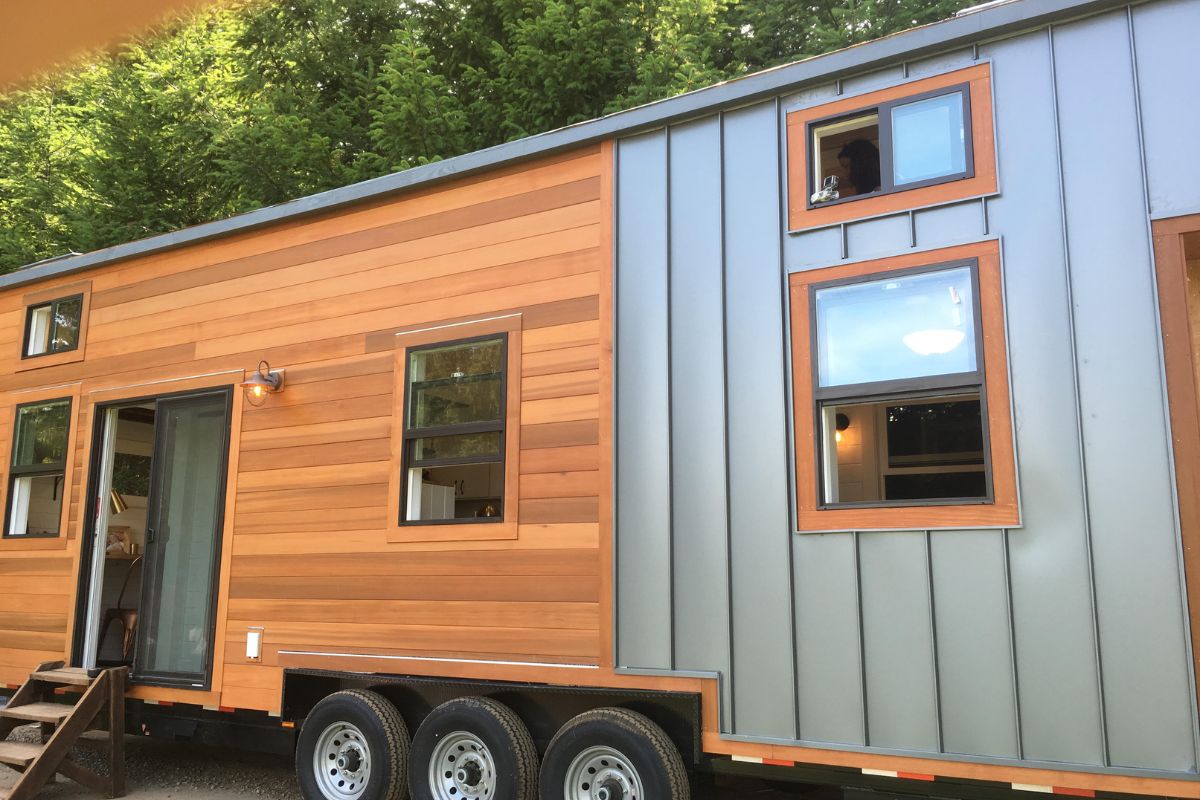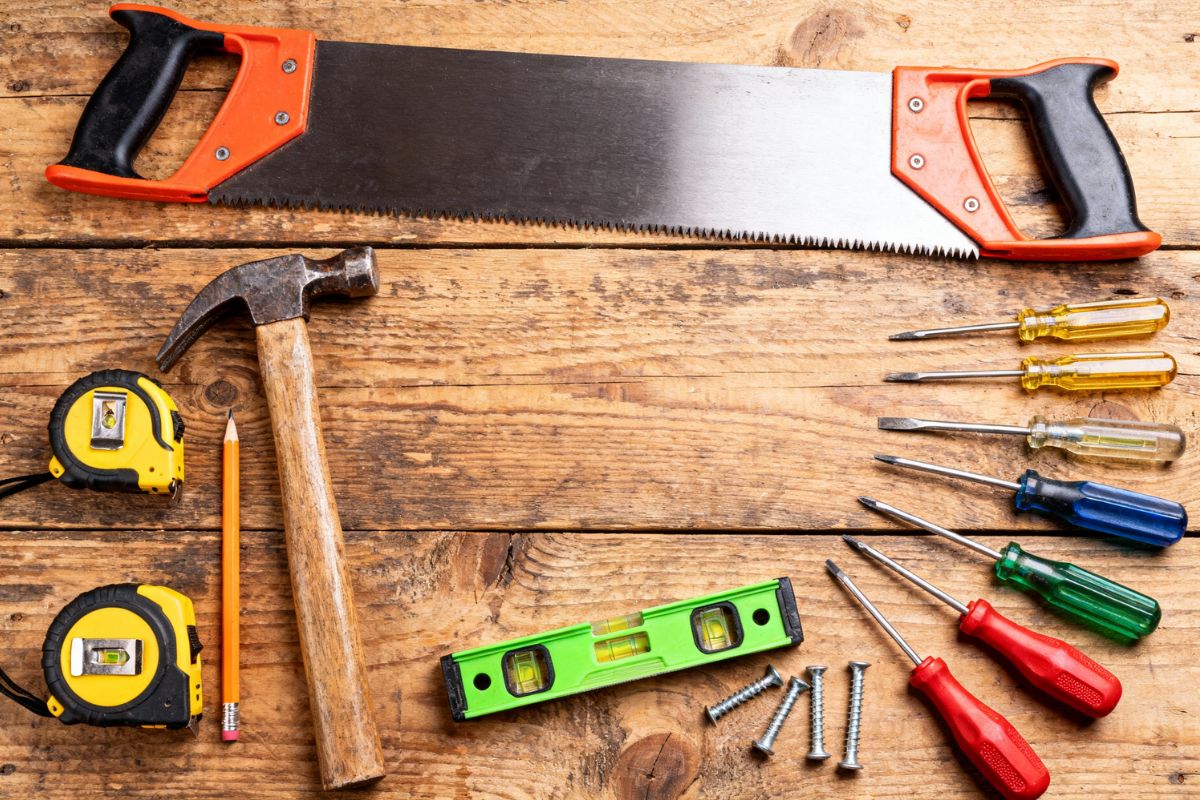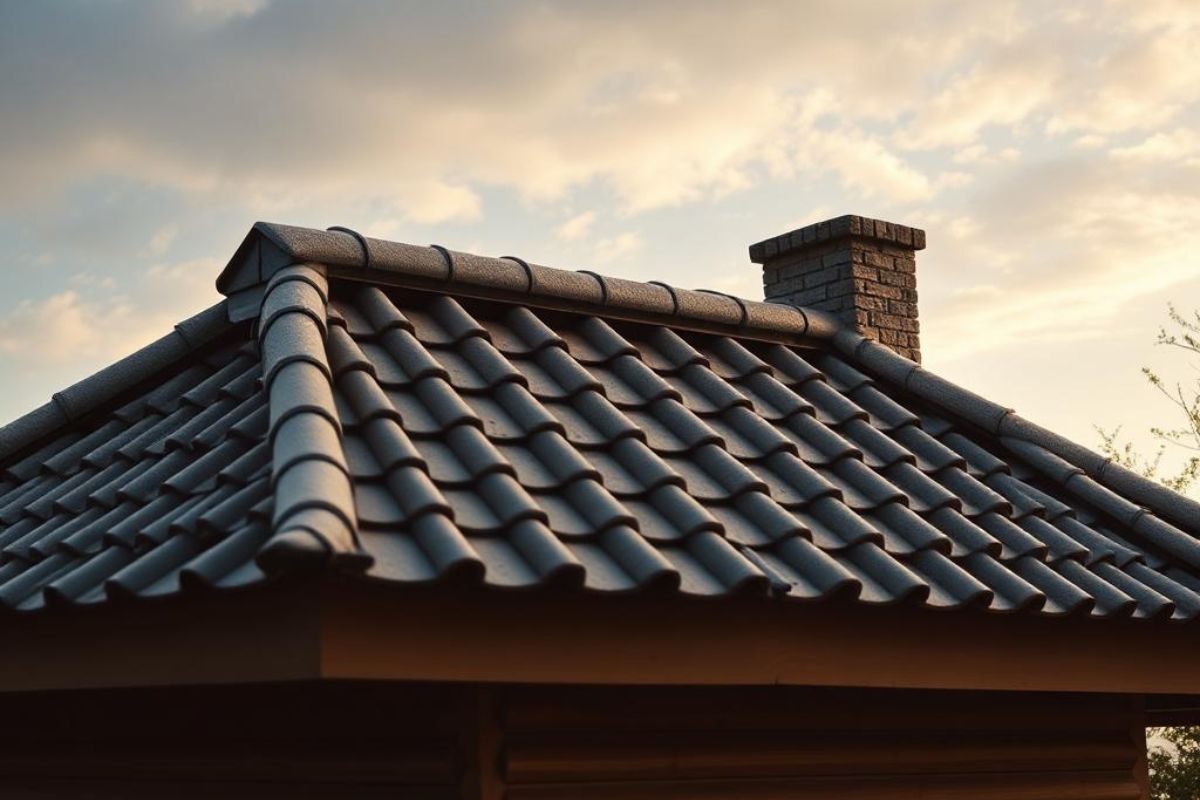When insuring your tiny home, you'll need to take into account whether it's mobile or stationary as this impacts the type of coverage required. For stationary tiny homes, property insurance is key to protect against damage from incidents like fire and theft, while liability coverage guards against injury claims.
If your tiny home is mobile, it requires a mix of homeowners and auto insurance, including collision and extensive coverage to protect against accidents and theft. Don't forget to account for your belongings and any custom features, which may increase the value and necessitate enhanced protection. Understanding these specifics will help you tailor a policy that meets your needs.
Understanding Tiny Home Insurance
When you venture into the world of tiny homes, securing the right insurance policy is vital. Unlike traditional housing, tiny homes present unique challenges that demand specialized coverage. It's essential to understand the different types of policies available to guarantee you're adequately protected.
First, you'll need to determine whether your tiny home is classified as personal property or a dwelling. If it's on wheels and you plan to move it frequently, it's likely considered personal property. This classification impacts the type of insurance you'll need. For mobile tiny homes, a policy similar to RV insurance is often required, covering you both on the road and while parked.

You should look for a policy that covers not just the structure, but also your belongings and liability. Make certain it includes protection against theft, fire, and natural disasters. Liability coverage is particularly important as it protects you in case someone is injured in or around your tiny home.
It's also wise to discuss with insurers any custom features or expensive installations in your tiny home. These elements can increase the value of your policy but guarantee thorough protection tailored to your specific needs. Always compare quotes and policy details from several insurers to find the best fit for your lifestyle and budget.
Stationary Tiny Homes Coverage
If your tiny home remains in a fixed location, you'll need specific coverage that differs from that of mobile tiny homes. Stationary tiny homes, much like traditional homes, require a tailored approach to insurance that accounts for their unique dimensions and living arrangements.
Firstly, consider property insurance. This covers damage to your home due to events like fire, theft, or natural disasters. Since your tiny home doesn't move, you'll want to verify the coverage limits are adequate to rebuild or repair in your specific location, which can vary dramatically in cost.
Liability coverage is also essential. This protects you in case someone is injured while on your property or if you cause damage to neighboring properties. Given the close quarters typical in tiny home communities, this coverage isn't just advisable; it's vital.
You should also explore coverage for personal belongings. Space is at a premium in a tiny home, meaning you likely choose high-quality or multipurpose items. Confirm your policy reflects the actual value of your possessions, not just their monetary cost, but also their functional replacement value.
Lastly, check if your insurer offers any specific endorsements for stationary tiny homes. These can cover unique situations like frozen plumbing, which is a common issue in smaller, compact spaces.
Mobile Tiny Homes Insurance
While stationary tiny homes require a specific type of coverage, mobile tiny homes present a different set of insurance needs due to their mobility. You're not just insuring a place to live, but also a vehicle that travels. This dual nature makes choosing the right insurance policy vital. You'll need a blend of homeowners and auto insurance, often referred to as mobile home insurance or RV insurance.
Firstly, consider collision coverage. While on the road, your tiny home is susceptible to the same risks as any other vehicle. Collision coverage helps repair damage from accidents while driving, essential for protecting your investment in mobility. Additionally, extensive coverage guards against non-collision incidents such as theft, fire, or vandalism.
Liability insurance is also important. If your mobile home causes injury to others or damage to property, liability coverage can protect you from out-of-pocket expenses. This is particularly significant given the unique towing and spatial demands of a mobile tiny home.
Lastly, don't overlook coverage for personal belongings inside your tiny home. As your home and travel vehicle, it likely contains valuables that you'll want to protect under any circumstances. Taking these steps guarantees you're covered, no matter where your tiny home takes you.
Customization and Add-ons
Customizing your tiny home with various add-ons allows you to tailor your space to your unique needs and lifestyle. Whether you're looking to incorporate solar panels for off-grid living or add a fold-out deck for extra entertaining space, each modification not only enhances your comfort but also impacts your insurance needs.
As you consider add-ons, remember that structural changes or special features can affect how insurers assess your property. Upgrades like a wood stove or a hot tub typically increase the value of your home, which may increase your insurance premiums. It's vital to evaluate how these enhancements change the risk profile of your tiny home. For instance, installing a wood stove might raise concerns about fire hazards.
You should also think about the mobility of your tiny home. Permanent foundations versus wheels play a significant role in the type of insurance required. If you plan on moving your home frequently, you'll want to make sure that your policy covers transit damages.
Lastly, keep in mind that not all insurers offer coverage for tiny homes with specific modifications. It's important to disclose all changes to your insurer to avoid potential issues with claims. Tailored insurance is the best way to protect your investment while enjoying your uniquely customized tiny home.

Evaluating Insurance Providers
Choosing the right insurance provider is essential when it comes to protecting your tiny home. You'll want to start by researching the reputation of various companies. Look for reviews and testimonials from other tiny home owners to gauge their experiences. This firsthand insight can be invaluable in helping you make an informed decision.
Next, consider the provider's expertise in the tiny home sector. Some insurers might have more experience and better tailored policies for the unique needs of tiny homes. Don't hesitate to ask potential insurers about their specific experience with tiny homes like yours.
You should also assess the responsiveness and customer service of the insurance company. How quickly do they handle claims? Are they easily reachable to answer your questions? Good customer service can greatly ease the process if you ever need to make a claim.
Lastly, it's important to check the financial stability of the insurer. A company that's financially robust is more likely to be reliable in paying out claims. Agencies like A.M. Best or Standard & Poor's provide ratings that reflect the financial health of insurance companies.
Cost Factors and Discounts
How can you manage the costs of insuring your tiny home while still getting quality coverage? Understanding the key factors that influence your premiums and knowing how to snag valuable discounts are essential.
Firstly, your tiny home's location plays a significant role. If it's situated in an area prone to severe weather or crime, you might see higher rates. Conversely, parking your tiny home in a secure or sheltered environment can reduce costs considerably.
The materials and build quality of your tiny home also affect insurance costs. Homes built with fire-resistant materials or equipped with modern, certified electrical systems often qualify for lower premiums. It's worth investing in these during the construction phase to reap long-term savings.
Additionally, your claims history and credit score can impact your premiums. A clean claims record and a solid credit score usually translate to cost reductions.
Don't overlook discounts. Many insurers offer reductions for bundled policies, security installations like smoke detectors and burglar alarms, and for being a member of certain organizations or groups. Always ask potential insurers about possible discounts. By carefully considering these factors and actively seeking out discounts, you can make insuring your tiny home more affordable.
Common Insurance Claims
While you might not anticipate frequent problems with your tiny home, being aware of common insurance claims can help you prepare and possibly prevent them. For starters, water damage tops the list. Unlike traditional homes, even a small leak can wreak havoc in a tiny space, damaging your belongings and the structure itself. It's vital you check your plumbing regularly and understand your policy's coverage on water damage.
Next, theft can be a major concern, especially if you're often on the move. Securing your home with robust locks and a security system isn't just advisable; it's fundamental. Make certain your insurance covers theft and check if additional security measures might lower your premiums.

Weather-related claims are also common. Whether it's damage from heavy winds or a fallen tree, these incidents can impact your tiny home considerably. Investing in sturdy construction and regular maintenance can mitigate some risks, but always verify your insurance policy covers these possibilities.
Lastly, fire is a risk in any home, tiny or not. Since your space is compact, fire safety is paramount. Install smoke detectors and keep fire extinguishers handy. Confirm that your insurance includes fire damage to protect your investment fully.
Conclusion
You've explored the ins and outs of insuring your tiny home, whether stationary or mobile. Remember, customization options can tailor coverage to your unique needs. When choosing a provider, weigh their reputation and the flexibility they offer. Keep in mind, investing in the right insurance can save you money in the long run, especially with potential discounts. Always be prepared: understanding common claims helps you better protect your tiny haven. Choose wisely and live securely in your compact dream home!






Share: